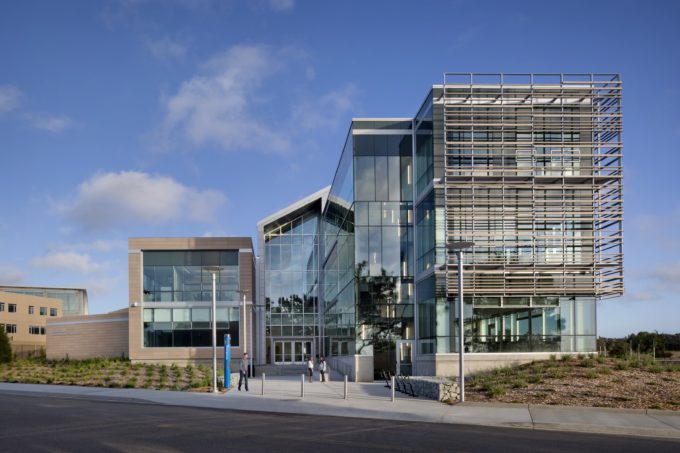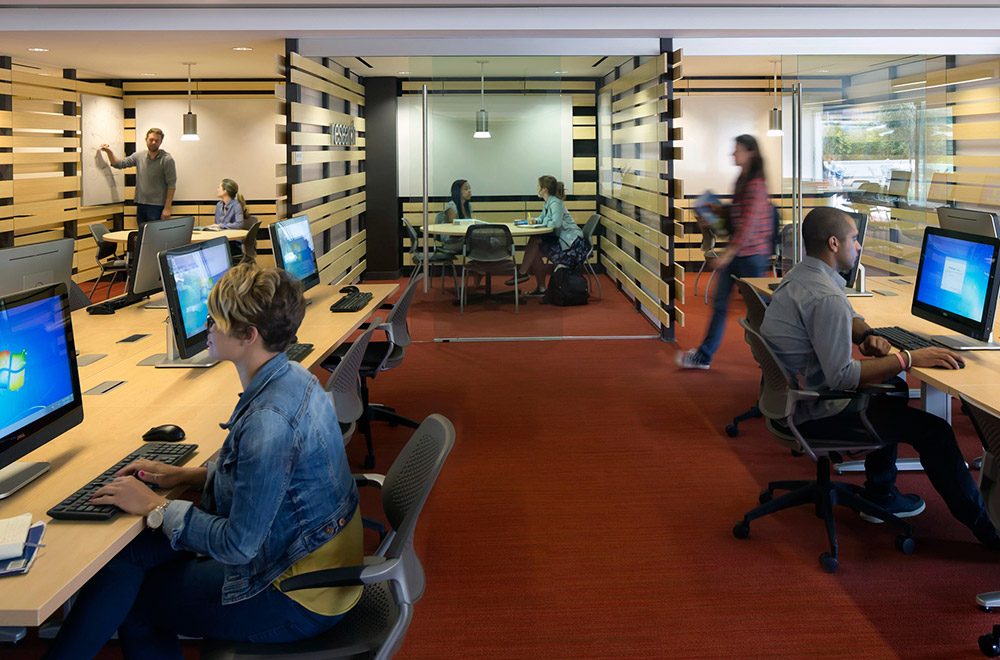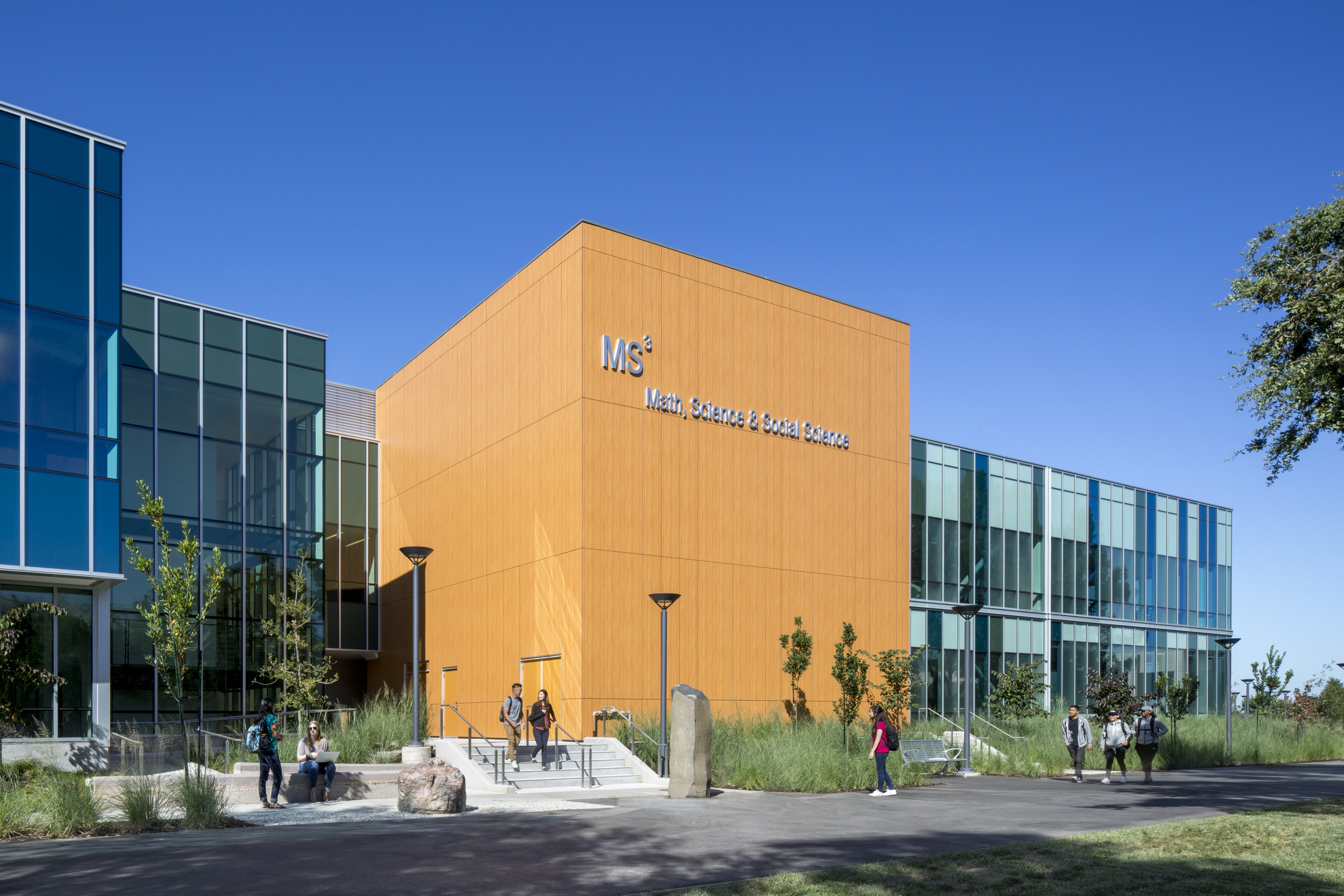With over 1.5 billion gross square feet of higher education facilities in the U.S.—coupled with an energy demand that represents the second highest expense area after personnel—higher education facilities are pivotal to inspiring environmental change.

No longer simply a destination for higher learning, colleges and universities are rapidly becoming “living laboratories” that cultivate our environmental stewards of tomorrow. By combining cutting edge research with built environments that actually teach, motivate and inspire students, these facilities become incubators for the next age of sustainability, known as regenerative design.
While sustainable design attempts to meet the needs of the present without compromising the needs of future generations, regenerative principles seek to replenish and restore natural resources.
With our development ambitions currently outpacing the availability of finite resources, energy, and contribution to intensified climate disturbances, it becomes clearer that a regenerative roadmap is necessary.

The U.S. commercial building stock, including colleges and universities, increased by 21 percent in floor area since 2003, and the U.S. population is anticipated to increase 22 percent by 2060 to 416 million. Sustainable development strategies struggle to keep up with the demand, whereas regenerative thinking encourages innovation and progress.
In this new era of sustainable and positive impact architecture, regenerative design practices can shift college and university facilities from consumers of natural resources to restoration think tanks aimed at positive ecological change by virtue of its sheer mass of place, politics, and policy.

